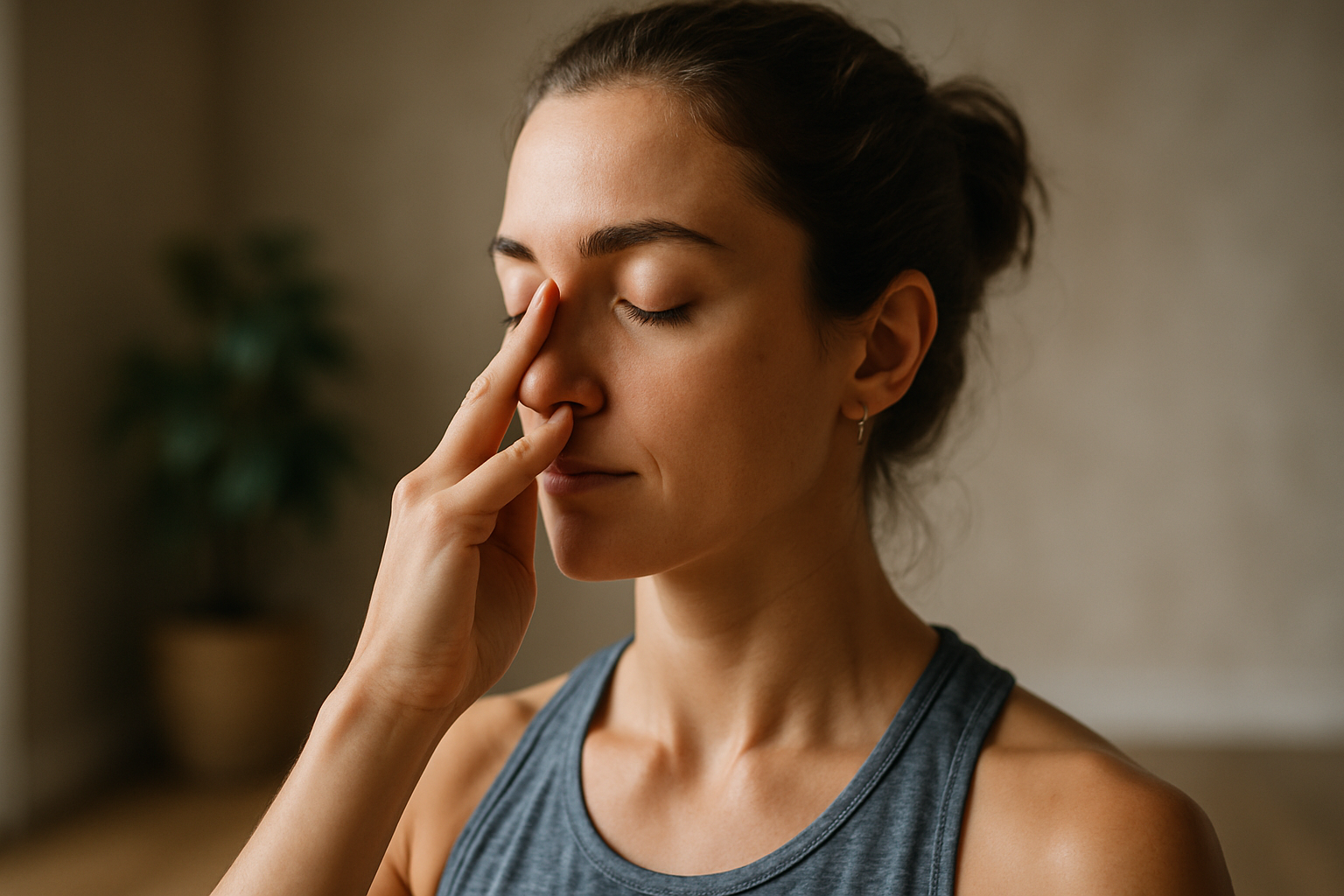Breathing and Relaxation Exercises for Quick Calming
Short, simple breathing and relaxation practices can lower immediate tension and help you regain focus during a busy day. This paragraph outlines what follows: accessible breathing methods, brief meditation cues, gentle movement and posture tips, and ways to integrate these into a daily routine that supports sleep, nutrition, hydration, and steady focus.

This article is for informational purposes only and should not be considered medical advice. Please consult a qualified healthcare professional for personalized guidance and treatment.
Breathing techniques for immediate calm
Diaphragmatic breathing and paced breathing are reliable starting points for quick calming. Try a 4-4-6 pattern (inhale 4, hold 4, exhale 6) or box breathing (4-4-4-4) for one to three minutes to lower heart rate and anchor attention. Alternate nostril breathing and extended exhalations activate the parasympathetic response, helping reduce acute stress. Practice while seated with an upright posture, or lying down if you feel lightheaded; combine with soft focus on a single object or the breath to improve balance between body and mind.
How can mindfulness and meditation help?
Short mindfulness checks—simply noticing three things you can see, hear, and feel—take less than a minute and interrupt escalating stress. Micro-meditations of two to five minutes that guide attention to the breath or bodily sensations promote resilience and improve focus over time. Use informal mindfulness during routine tasks like drinking water or walking between meetings to strengthen the habit. Small, consistent practice ties into better sleep and clearer cognitive stamina when paired with other wellbeing habits.
What movement and posture support relaxation?
Gentle movement loosens tension accumulated from long sitting or repetitive tasks. Neck rolls, shoulder circles, and gentle spinal twists increase circulation and relieve stiffness, complementing breathing work. Attention to ergonomics—desk height, chair support, screen level—reduces strain and supports better posture, which in turn makes breathing easier. Short movement breaks every 30–60 minutes maintain focus and reduce physical stress; even standing for a minute and taking three slow breaths can reset both body and attention.
How to build a calming daily routine and habit
Anchor relaxation practices to existing routine moments: after waking, during lunch, or just before bed. Pair a two-minute breathing exercise with a hydration break, or follow a short guided meditation after a movement stretch. Consistency is more influential than duration; brief, regular sessions strengthen resilience and lower baseline stress. Set realistic reminders, keep sessions accessible (a quiet chair, a water bottle, or a cushion), and adapt practices to the day’s demands so calm becomes a repeatable habit rather than an occasional luxury.
Sleep, nutrition, and hydration for steady focus
Quality sleep supports emotional regulation and makes quick calming techniques more effective. Evening breathing routines and light meditation can ease the transition to rest. Balanced nutrition and regular hydration stabilize energy and reduce reactivity to stressors, while avoiding heavy meals or excessive caffeine close to bedtime supports sleep. Together, these elements create physiological conditions in which breathing, movement, and mindfulness produce more reliable improvements in focus and well-being.
Managing stress and building resilience and balance
Short, intentional relaxation practices reduce the frequency and intensity of stress responses, contributing to long-term resilience. Combine breathing and micro-meditation with realistic movement goals to foster a sense of balance between activity and rest. Cognitive cues—labeling emotions or naming a sensation—can interrupt escalation and restore focus. Over weeks, these small practices help shift habitual reactions toward calmer choices, supporting improved posture, concentration, and emotional stability.
Conclusion
Quick breathing and relaxation exercises are practical tools that work best when integrated with supportive routines: consistent sleep, sensible nutrition, hydration, mindful movement, and attention to ergonomics and posture. Short, repeatable practices—whether a paced breath, a two-minute body scan, or a movement break—offer immediate relief from stress and gradually build resilience. Keep exercises accessible, adapt them to your daily life, and use them as one part of a broader approach to maintaining focus and balance.





